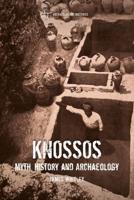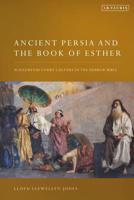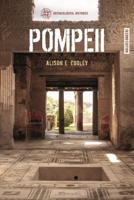Publisher's Synopsis
The beginning of the Late Bronze Age on Cyprus saw a range of dramatic changes occurring in the settlement patterns and material culture of the island, accompanied by evidence for increased interaction with the surrounding region. These include population movements from small inland to larger, nucleated coastal settlements, an increase in social stratification and copper production, the first evidence for literacy, and Cyprus becoming increasingly involved in the complex exchange networks of theeastern Mediterranean. Central to any study of the island's prehistory is the coastal settlement of Enkomi, often considered to be the first state-like entity on the island and identified with the Alashiya of contemporary textual. The author's maingoal in this volume is to examine the archaeological evidence for the beginnings of the transformation of Cypriot society as it stands, to seek to understand the individual aspects of the process and to separate this from the later LCIIC outcomes. The author utilises the Enkomi pottery assemblage to examine the introduction of wheelmade pottery and thereby investigate the processes through which Cypriot society became highly complex, including whether the evidence points to early centralized control or independent regional developments. However, in order to understand the pottery, it was necessary to investigate all types of archaeological evidence pertaining to the early history of the site and this volume also includes discussion of architecture, tombs and other aspects of material culture. Part 1 provides the theoretical background to investigations of social complexity and discusses the applications. Part 2 addresses the evidence for both settlement and ceramics during the CypriotBronze Age. Part 3 is devoted to the analysis of the Enkomi data. Part 4 presents the author's conclusions.








